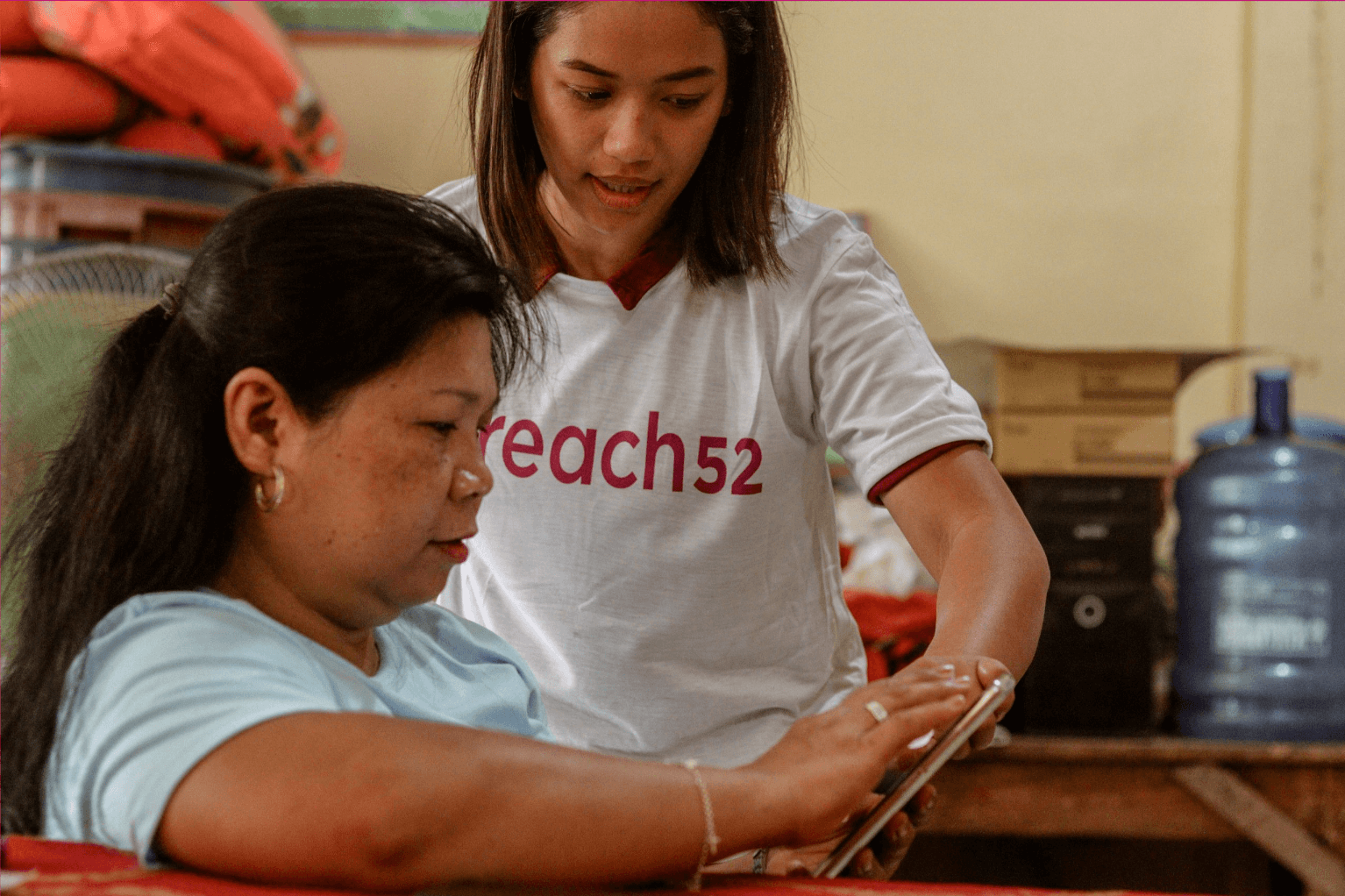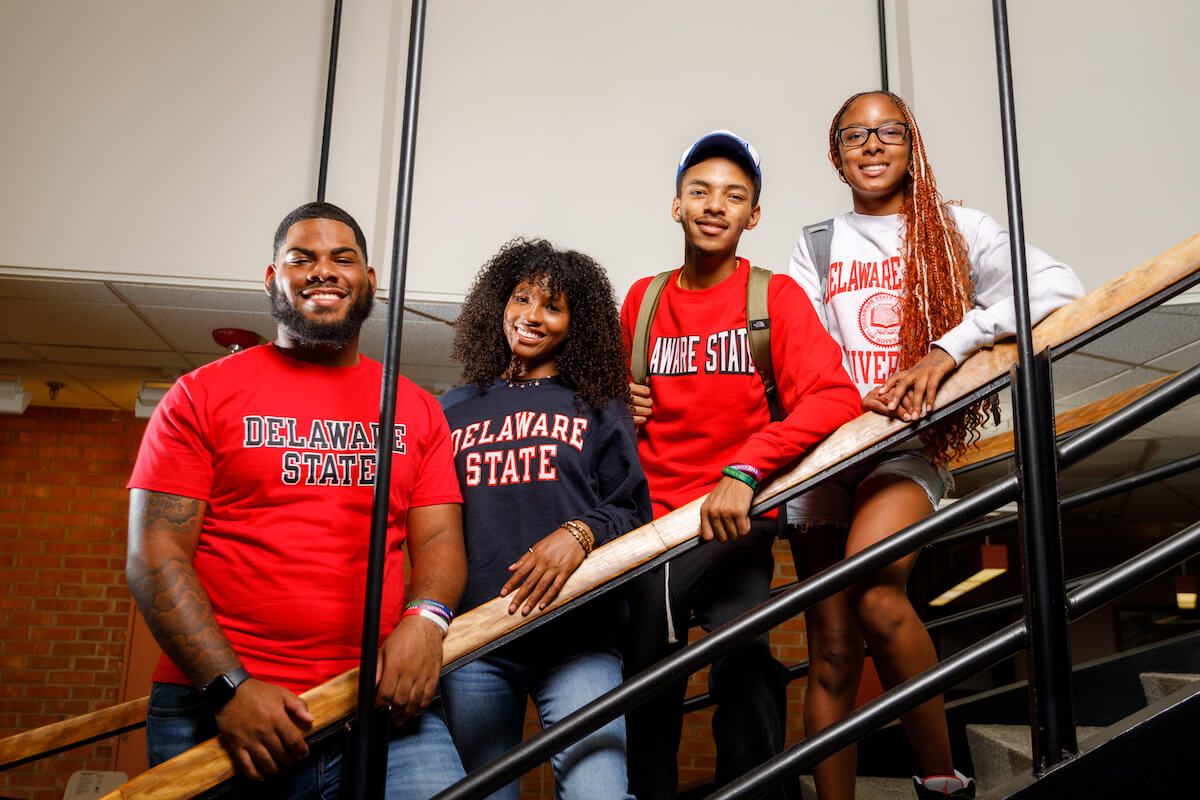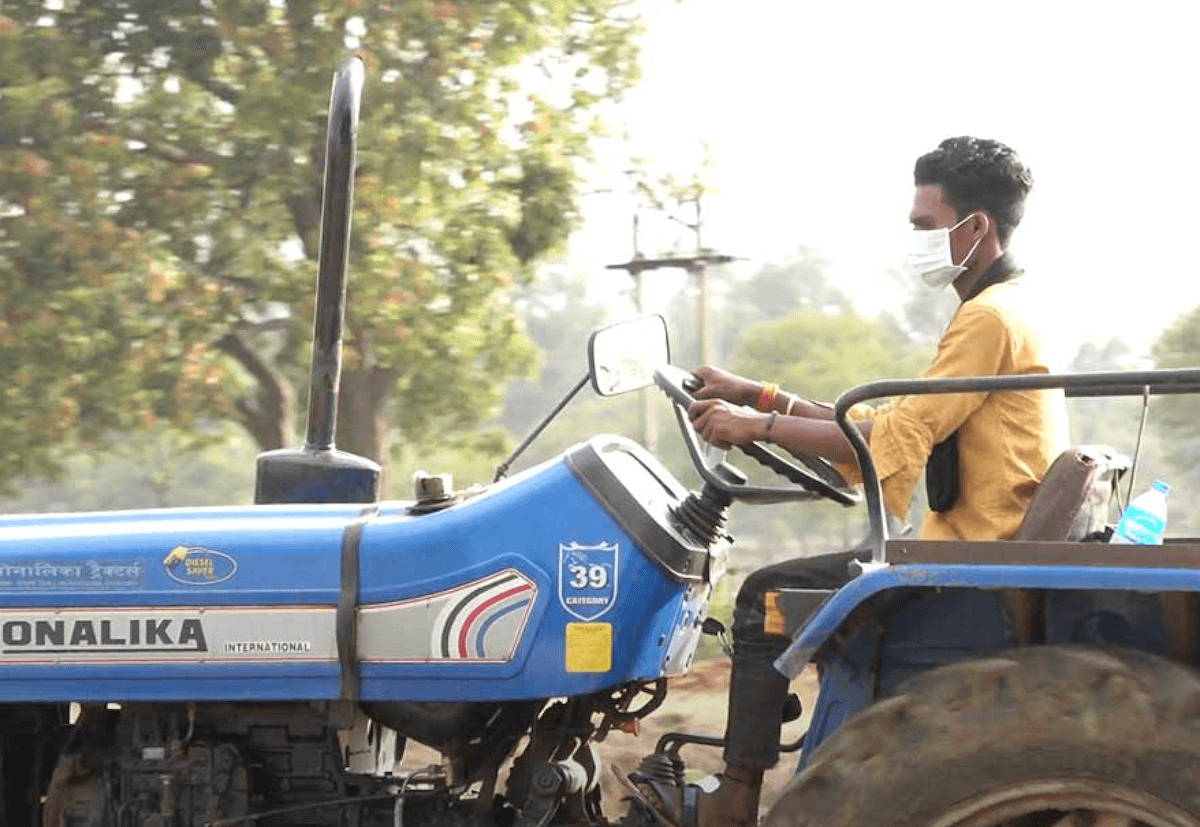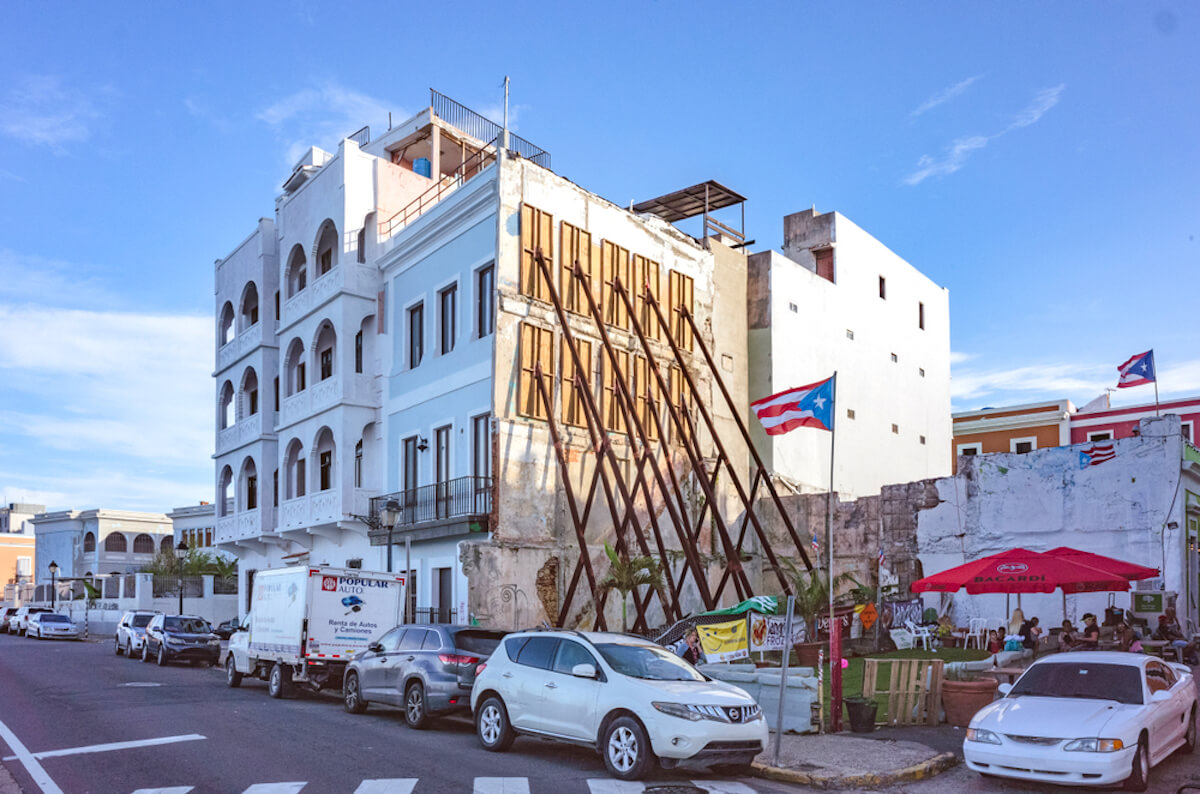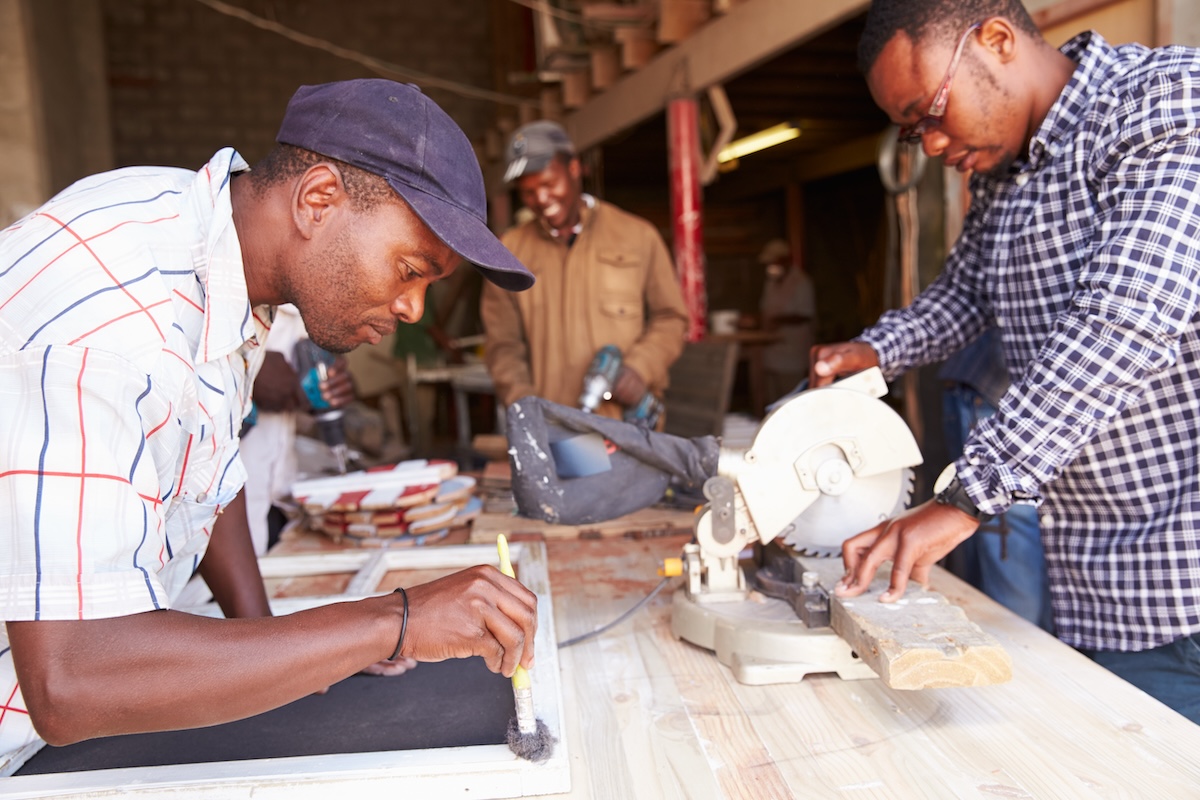The exponential increase and expected growth of internet, smartphone and mobile network usage in Africa has enabled a thriving ecosystem of tech entrepreneurs with the capacity to provide new solutions to energy, healthcare, education and finance. It has also spurred a little-known, but active community of startups, nonprofits and education institutions committed to protecting Africans’ online safety and cybersecurity.
Roughly 40% of Africans today have internet access. By 2025, 475 million people on the continent will have access to a smartphone—double today’s number. Behind those numbers are infrastructure, policy and oversight issues confronting Africa with a looming online safety crisis.
Africa’s online safety is fundamentally compromised because its information and communications technology, or ICT, infrastructure is principally a deviation of traditional IT infrastructure. This infrastructure is often old, unstructured and insecure. This is coupled with limited or weak networks, information and software security systems in use. Additionally, policy makers have to-date not considered cybersecurity to be a critical issue and enabler of the digital economy nor a catalyst of economic growth. As a result, they have committed limited time, attention and resources to addressing it.
Over 80% of African countries fall in the bottom half of the International Telecommunication Union’s Global Cybersecurity Index’s ranking of cybersecurity commitments worldwide, based on their legal, technical, organizational, capacity building and cooperation.
Collectively, these issues render most African’s vulnerable to cyber threats and attacks, including identity theft and financial scams, disinformation, sex trafficking and recruitment for extremist and terrorist groups.
Startups, nonprofit organizations and educational institutions across the continent are beginning to address these threats on multiple levels. Kenya-based ChildFund International is taking an ecosystem approach to preventing online sex trafficking through research, policy development, and community, school and media-based training. Nigeria-based Hive Creative Guild is gamifying online safety information and rewarding participants with goods and services. South Africa’s Centre for Analytics and Behavioural Change is drawing on advanced social media analytics, academic research and subject experts, to develop and widely disseminate content that: mitigates against the spread of COVID-19; counters mis/disinformation about the pandemic; and, exposes and disrupts narrative manipulation networks that promote hate and sow division.
These three organizations and 23 others received grant funding from a new funding scheme developed by Impact Amplifier, with financial support from Google.org, and domain expertise from the Institute for Strategic Dialogue, to build Africa’s online safety capacity.
The Africa Online Safety Fund, or AOSF, solicited a call for applications last June, in an effort to survey the landscape of online safety solutions. More than 500 organizations from 33 countries responded, representing what we estimate to be more than 90% of the active online safety initiatives in Africa. Grants of between $10,000 and $100,000, were awarded to 26 organizations from nine countries. While not exclusively focused on women and children, the AOSF prioritized solutions addressing their online safety in particular, as they are the most targeted communities on the continent.
What we learned
The process of developing AOSF and reviewing applications illuminated several key themes about the state of online safety on the continent. Impact Amplifier conducted interviews with a range of online safety stakeholders on the continent, hired regional scouts, reached out to more than 1,000 organizations, and conducted an expansive national and international public relations campaign to promote the initiative. From this, we gleaned:
The sector is nascent. There are very few existing interventions anywhere in Africa that specifically address online safety and seem to be none that have scaled. Only 32% of the applications ASOF received were for existing interventions. Beyond the limited number, these existing interventions were small in scope and geography. Moreover, they were often unsophisticated and without a clear understanding of the impact being made.
The sector’s nascency is in large part due to the lack of resources available. The vast majority of existing online safety solutions in Africa are being delivered by civil society and the public sector. But neither the public sector nor the philanthropic community has made online safety a priority. As such, funding has been a major mitigating factor to developing and scaling solutions.
The scale of the problem is poorly understood. In many parts of the continent, it is unclear exactly what the risks are of being online. Africans are one of the least understood populations regarding online safety globally. Most global research focuses on the Global North. At most, studies include one or two countries in Africa.
Africa-based research, meanwhile, tends to be limited by region and scope, with a few exceptions, such as the Africa Cybersecurity Report. This lack of academic and industry research prevents the accumulation of knowledge and identification of trends. It also makes the scale of the online safety problem extremely difficult to quantify.
That said, there is extensive anecdotal evidence that a problem exists, with reports of phishing scams, sex crimes, misinformation, fraud and extremist recruiting.
There are few established ‘best practices’. Very few recognized best practices in online safety have emerged in Africa, owing to the sector’s immaturity and the limited number of interventions, which are functioning with minimal resources. Most are being developed on a de novo basis, without the benefit of current best practices. Those solutions that have been developed have not yet scaled or been replicated in different geographies.
There are solutions to online safety problems in different cultural contexts that could be relevant to and adapted for the African context, however.
Most innovation focuses on education. The vast majority of Africa’s existing and planned online safety solutions are designed to teach those who are most vulnerable about online threats and how to avoid them. For the most part, these assume that once people are informed the potential risks, they will be able to protect themselves. But education only is grossly insufficient to address the diversity of problems and risks. Innovations like Lonamac in Kenya are not only educating young people but also introducing income generating opportunities for low-income youth as a mechanism to counteract terrorist recruitment is what is needed.
Legal frameworks and enforcement are weak. Just 15% of African countries in Africa have clear legal frameworks in place criminalizing online behaviors that facilitate offline crimes. Those that do often do not have the requisite infrastructure in place to enforce the law.
Mapping, building, scaling
The first phase of AOSF hopes to address some of these challenges by mapping the market’s existing solutions and new ideas, and funding the most promising existing and new initiatives. Our next step is to launch a follow-on fund to help the current portfolio to scale, back new social innovators, conduct research into less-explored domains, and assemble and promote best practices.
Online access will continue to manifest unique opportunities to education, healthcare, economic inclusion and human connection. It also will continue to create dangers and facilitate criminality for the most vulnerable. As connectivity in Africa expands, the tech ecosystem desperately needs dreamers, visionaries and entrepreneurs that are prepared to experiment and challenge tradition in the name of online safety.




